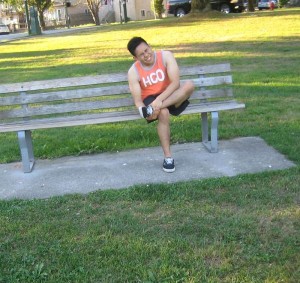Foot problems have been the main reason for hospitalizations among individuals diagnosed with diabetes. The condition can affect the nerves in the foot and prevents one from feeling any injuries. It can also diminish or alter the blood flow which prevents injuries from healing properly.
Since mild injuries can progress to significant infections among those with diabetes, it is vital to ensure that a diabetic is in good condition. Remember that prevention is crucial in avoiding any foot problems among those with diabetes.
Common diabetic foot problems

- Swelling
- Foot ulcers
- Corns
- Sores and cuts
- Deep infections
- Ingrown toenails
- Charcot fractures
What are the causes?
The loss of nerve function or neuropathy among those with diabetes in the legs and feet steadily develops over time. Since an individual could not feel any foot injuries as acutely as those without diabetes, these might be unintentionally ignored. Understandably, pain is not an initial indicator of foot problems among diabetics. Poor circulation and lowered immunity to infection will also result to significant diabetic foot problems.
The indications of diabetic foot problems usually include pain or a tingling sensation in the foot at night. Infections, ulcers and other issues might be painless. This is the reason why it is vital to observe routine inspection of each foot.
In addition, some might also experience unsteadiness while walking and standing due to the loss of sensation. Lastly, the foot might have redness, swelling, bleeding and ulcers which necessitates further assessment by a doctor.
Importance of treatment for diabetic foot problems
If an individual is diabetic and has foot problems, a doctor must be consulted for assessment and proper treatment. The following measures must be taken into consideration when caring for the foot:
- Wear footwear that properly fit
- Avoid walking barefoot
- Carefully check each foot daily for any cuts, blisters, sores and other issues
- Always keep the feet warm
- Avoid exposure to extremes in temperature
- Do not self-treat calluses, corns or ingrown toenails
- Regular foot examinations
- Control diabetes by monitoring the blood sugar levels and using the medications as prescribed.
- Any minor issues with the foot should not be ignored
Serious foot problems that could not be managed using conservative measures might necessitate surgery. The surgery might be focused on eliminating the foot infection, realigning any bony deformities or even amputation to prevent further issues.
